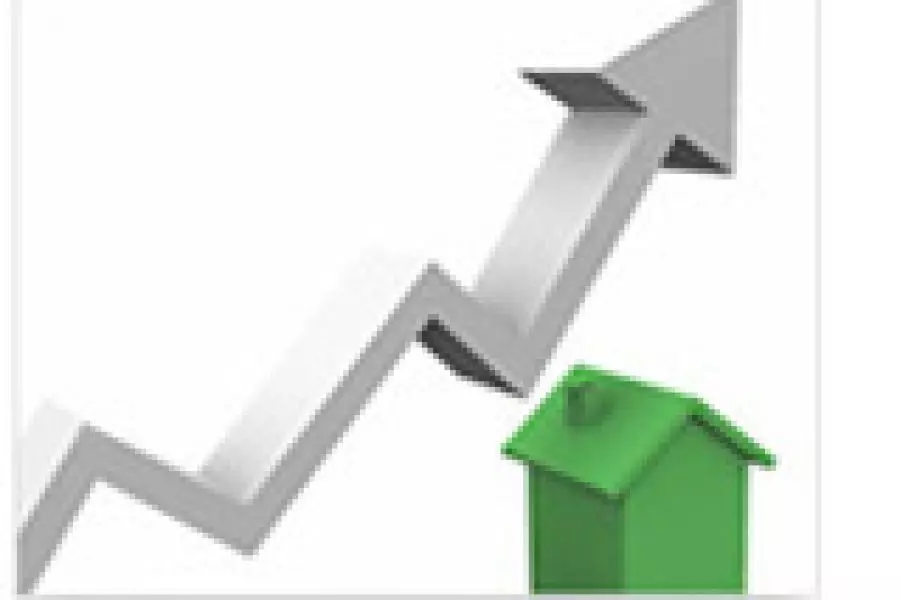News
Upping the ante on price growth

Wednesday 22nd of January 2020
In the bank’s latest Property Focus report, chief economist Sharon Zollner and senior economist Liz Kendall say that the housing market has rebounded strongly recently, with prices up 6% in the second half of 2019.
Not only has it rebounded – despite house prices already being “eye-wateringly high relative to incomes”, but the pick-up has been stronger t...
Want to read the full article?
Click the button below to subscribe and will have unlimited access to full article and all other articles on the site.






![[The Wrap] Bye Bye Bayly](https://goodreturns.publit.io/file/c_fill,w_900,h_600/39f23ac1-f7c7-4854-b700-a150004ebbac.webp)


